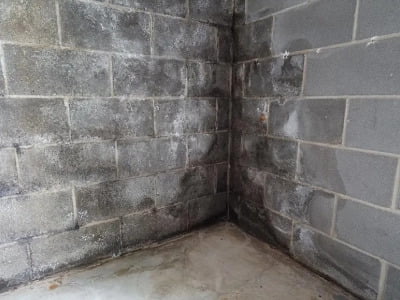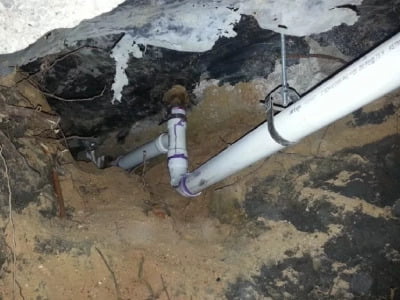A leaky pipe can cause havoc with the entirety of the drainage system. Upon detecting a leak, taking immediate action becomes paramount. Allowing a leak to persist not only compromises the system, but also poses a slew of challenges to the property and the surrounding environment. As this is classed as an emergency service, if you find that any of your pipes are leaking, appropriate action should be taken to contact a professional drainage company such as Grey-Water Drainage Solutions.
The Hazards
The hazards involved in leaking pipes are numerous. Persistent leaks can gradually inflate water bills to alarming proportions. Addressing this problem fast helps to prevent unnecessary expenses. Neglecting it, on the other hand, will lead to more extensive damage, which could then lead to higher reparation costs. Damage can occur in the surrounding environment, with excessive leaks permeating the earth and tainting the soil and groundwater. As a result, local ecosystems and water quality may suffer profound impacts, casting a negative pall over the landscape which will incur severe costs and potential fines from local environmental authorities if left for too long.
As it is recommended to turn the tap off when brushing your teeth, water is also wasted when a leak occurs, again affecting the environment in a cumulatively grand way. The loss can be substantial, and given water’s status as a finite asset, its preservation is imperative in mitigating scarcity and unwarranted dissipation.

Leaking pipes can cause damage to your property, affecting internal elements such as walls, floors, ceilings, as well as the foundations. Mould may be fostered from this, along with the deterioration of building materials and the weakening of crucial structural components such as wood, concrete, and metal can weaken, leading to costly renovation bills. As a result, health and hygiene can become compromised. The stagnant water resulting from leaky pipes becomes a magnet for pests and a breeding ground for unsanitary conditions. Allowing a leak to persist merely exacerbates these issues, rendering property occupants susceptible to contracting hazardous diseases.
Other internal building elements that can be put at risk is the electrical wiring, which is a particular worry when it comes to leaks. Any ingress of water towards exposed wires or electrical appliances can have catastrophic consequences for both occupants and property. Fire ignition, the disruption of lighting systems through short-circuiting, impairment of refrigeration equipment, and in severe instances, the transmission of electric currents through human contact with faulty appliances, all loom as potential hazards.

Checking for Leaks
A leak can occur at any time and it is wise to be mindful of how your drainage system is operating on a regular basis. This can be done with checks to the meter readings; testing water pressure; identifying damp or discoloured patches on ceilings, walls, or floors; paying attention to any noises coming from your plumbing system; identifying mould or mildew; these are all indicators of possible leaks. Instances of leaks left unattended have been notorious for causing considerable harm and peril. If you find you’re suspicious of a leak within your drainage framework, take swift action and enlist the services of Grey-Water Drainage for a comprehensive and timely resolution.

